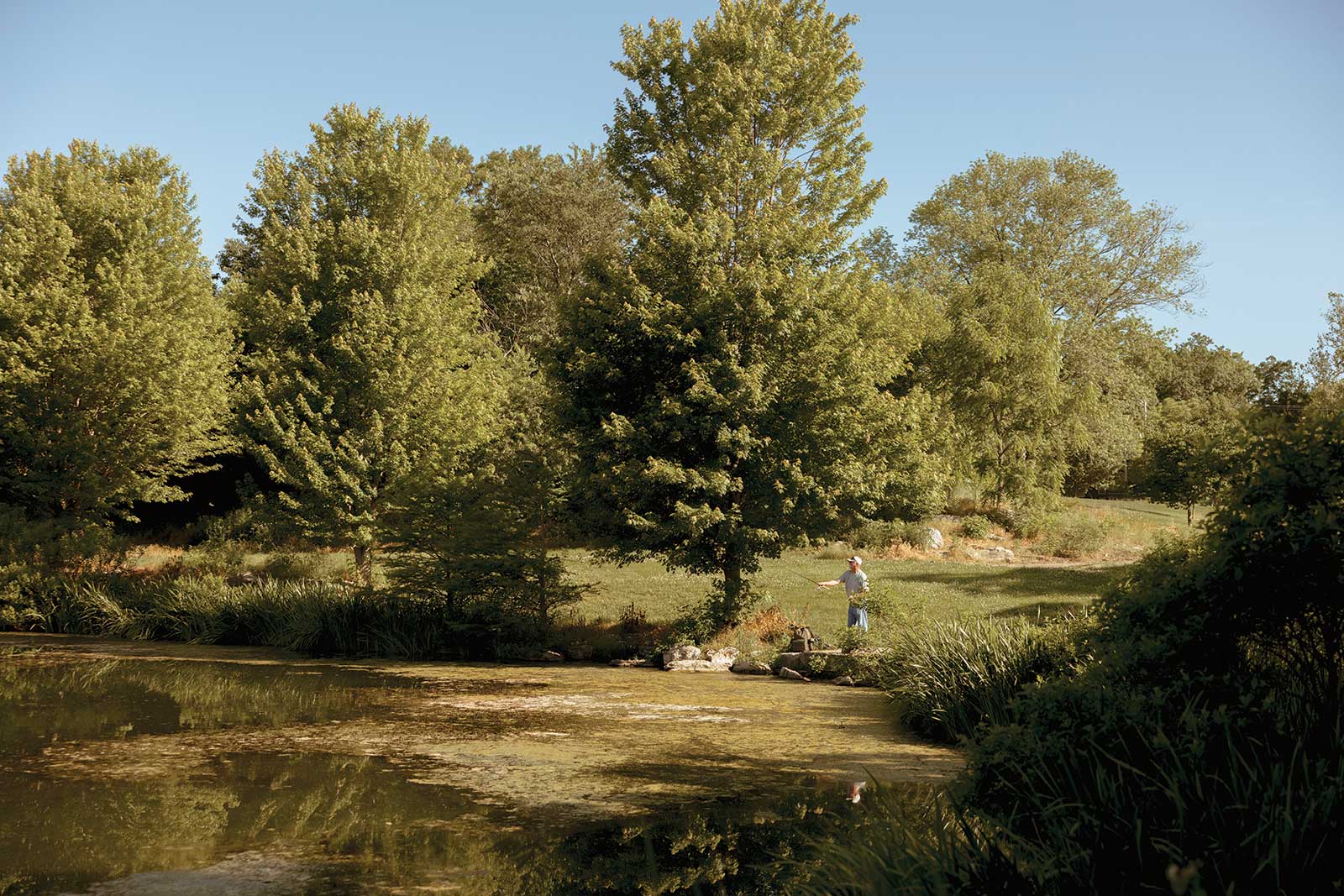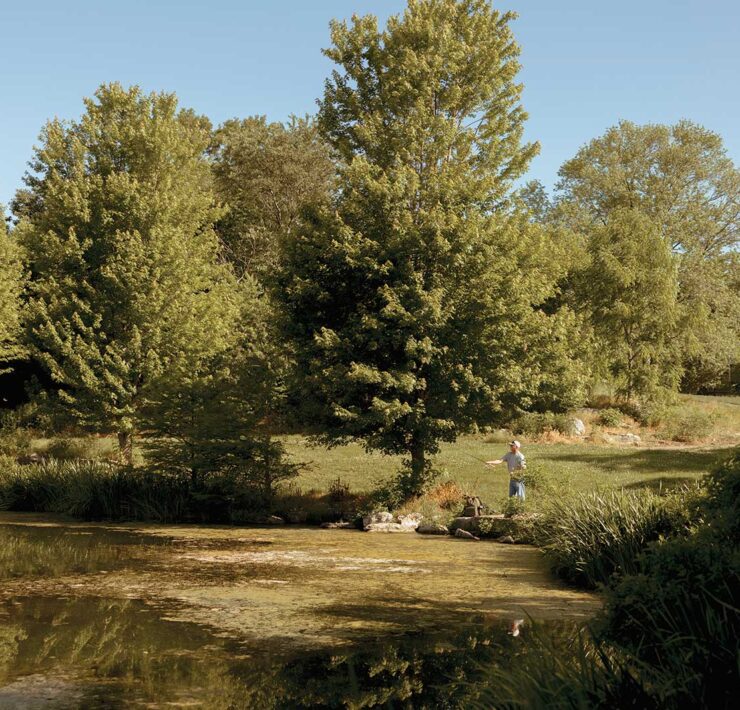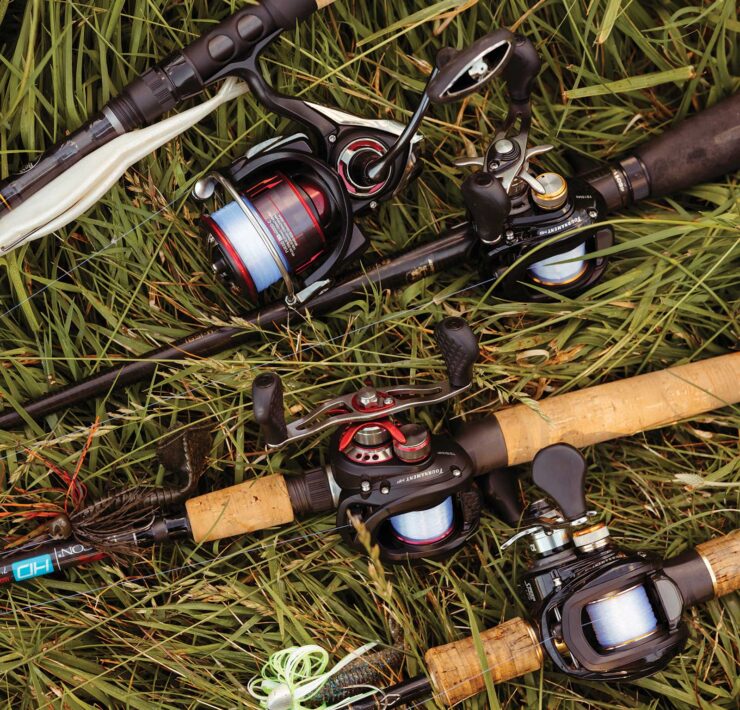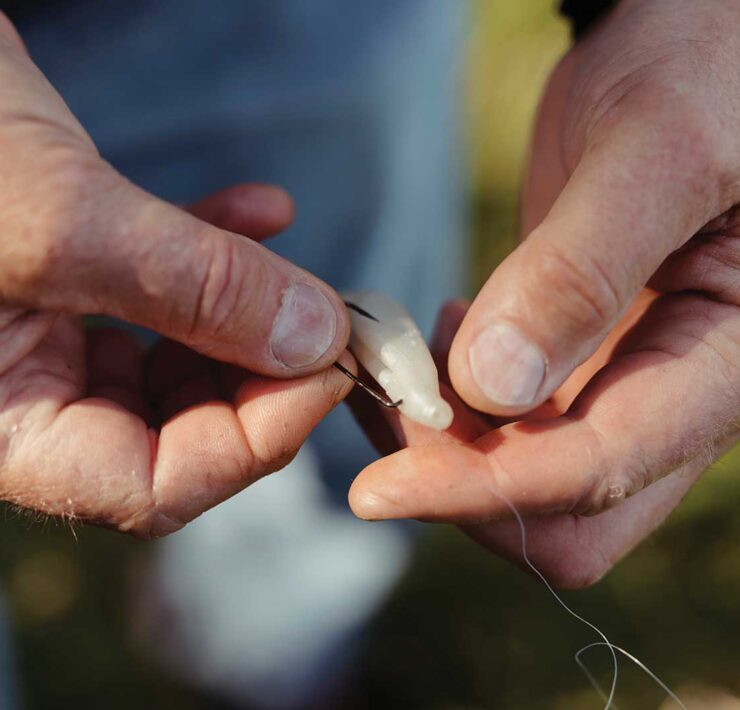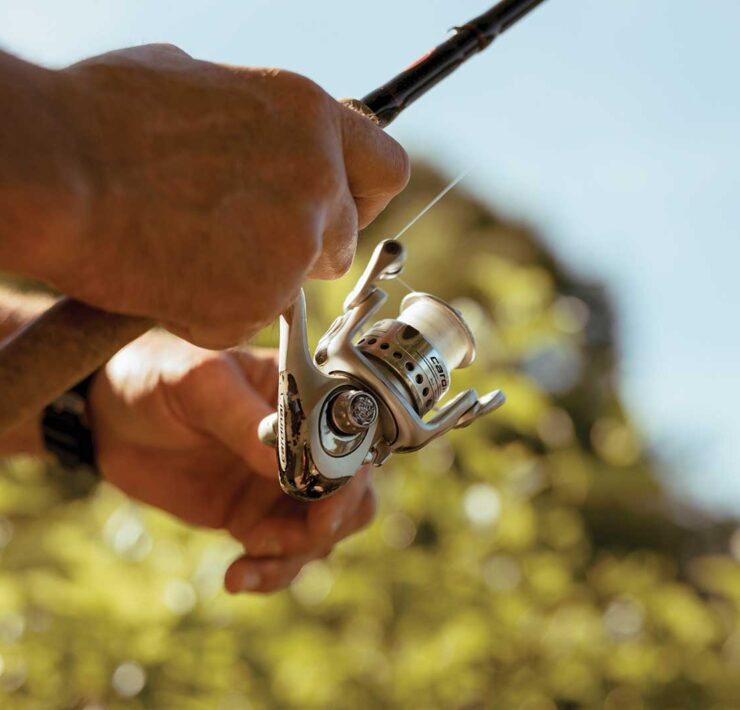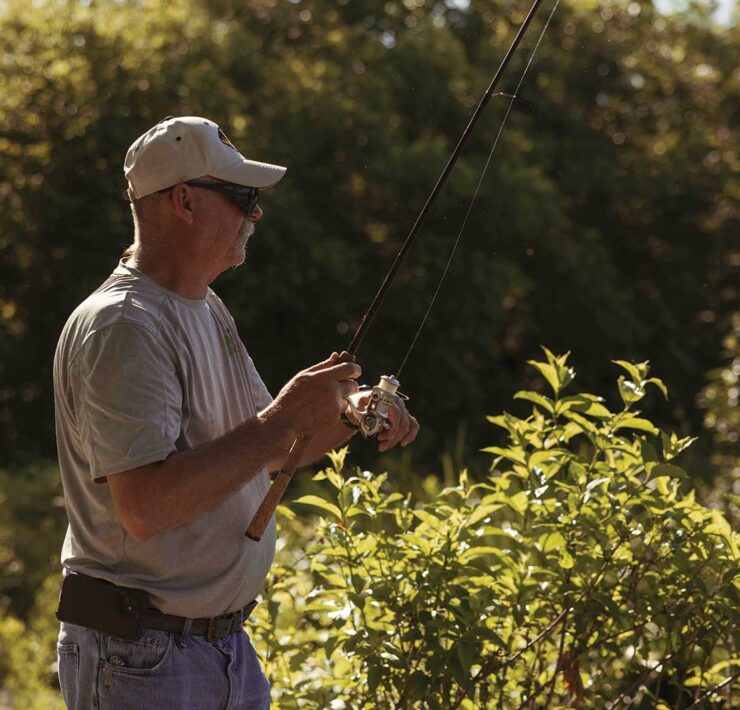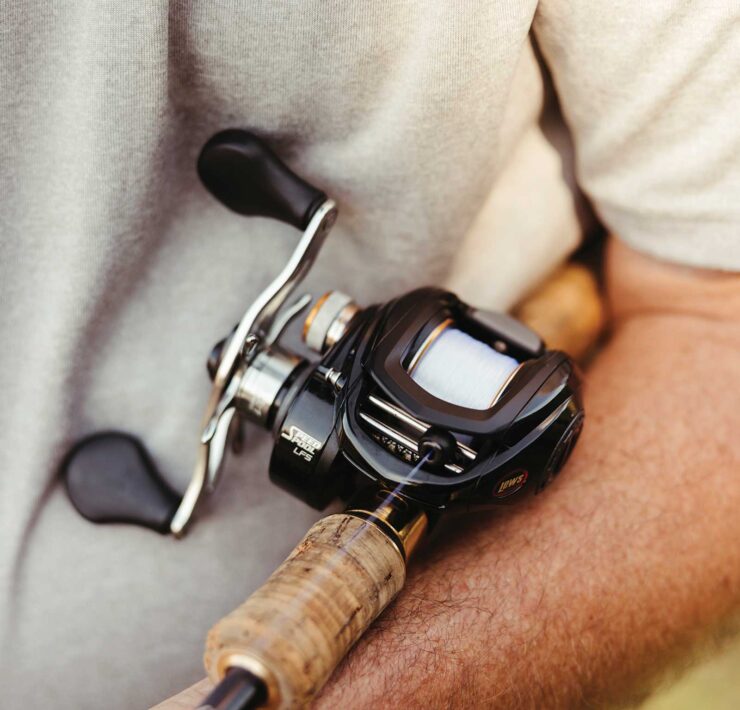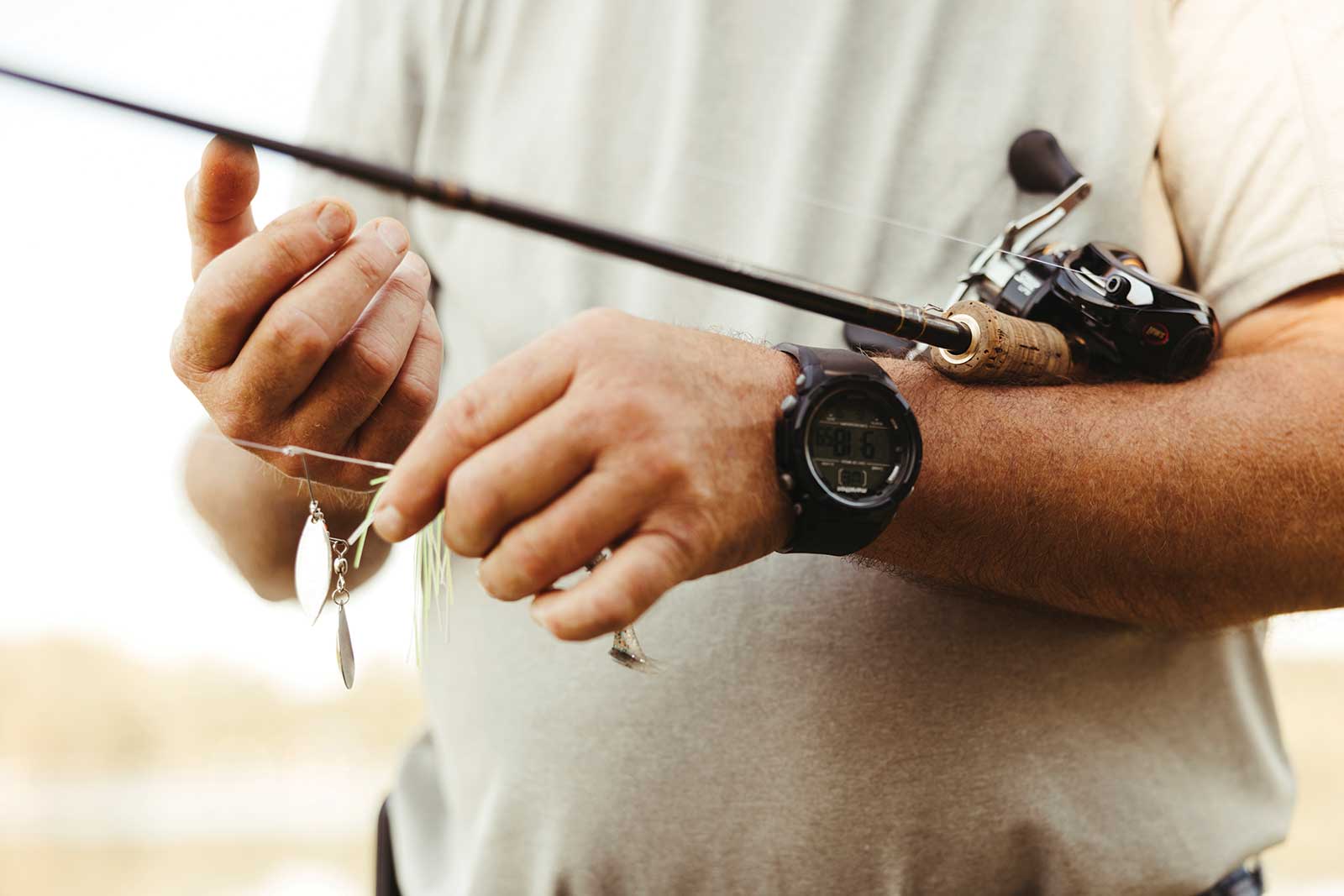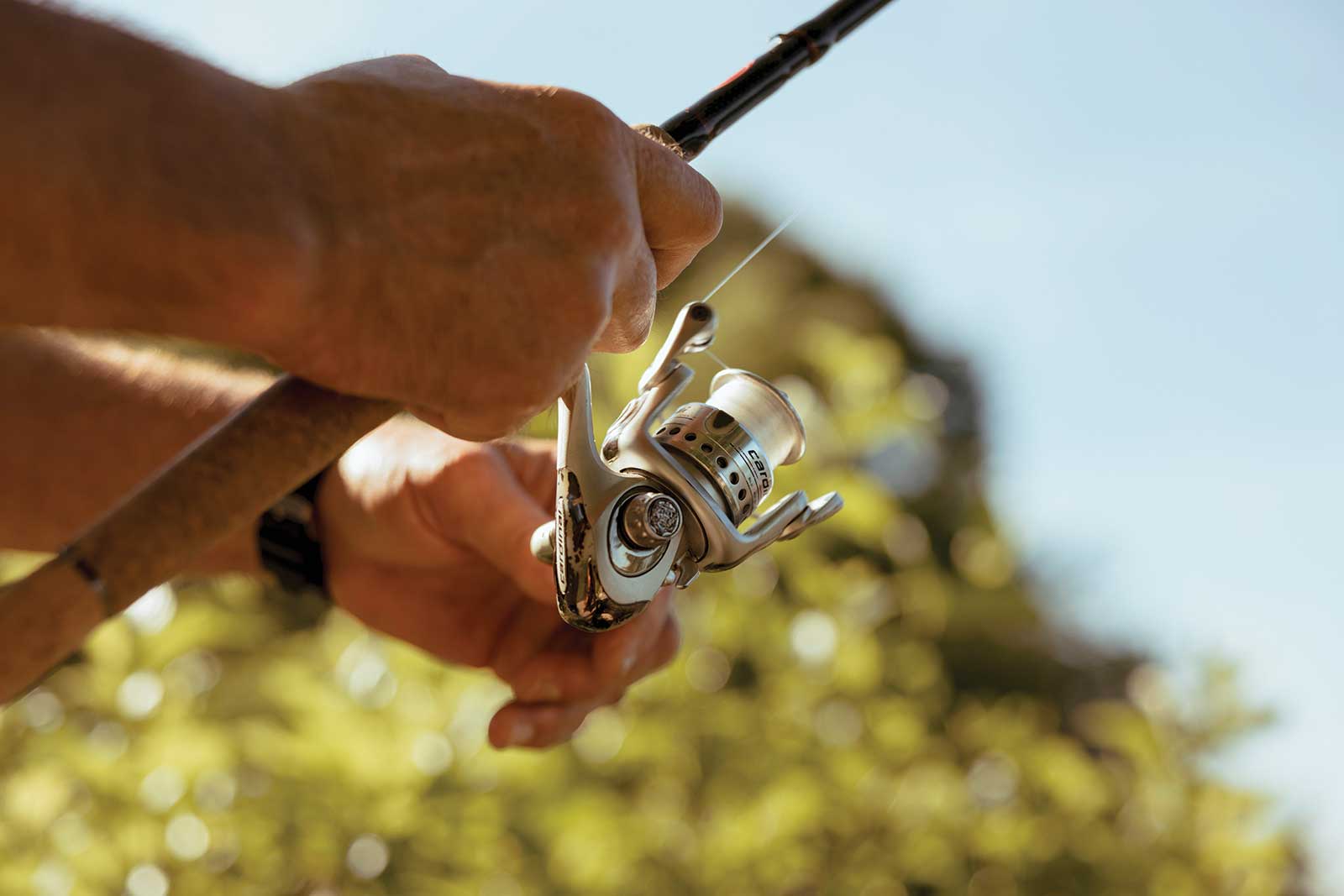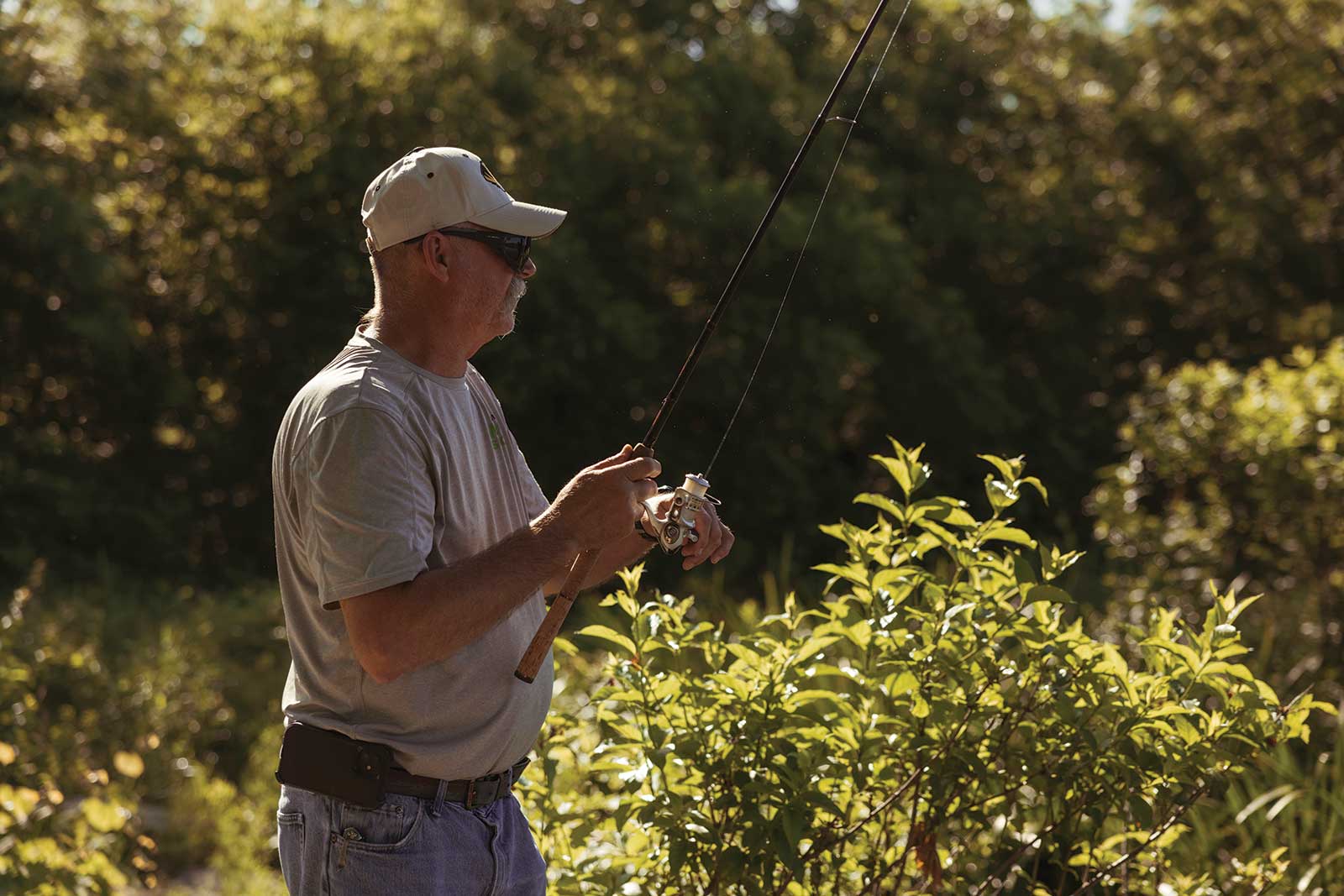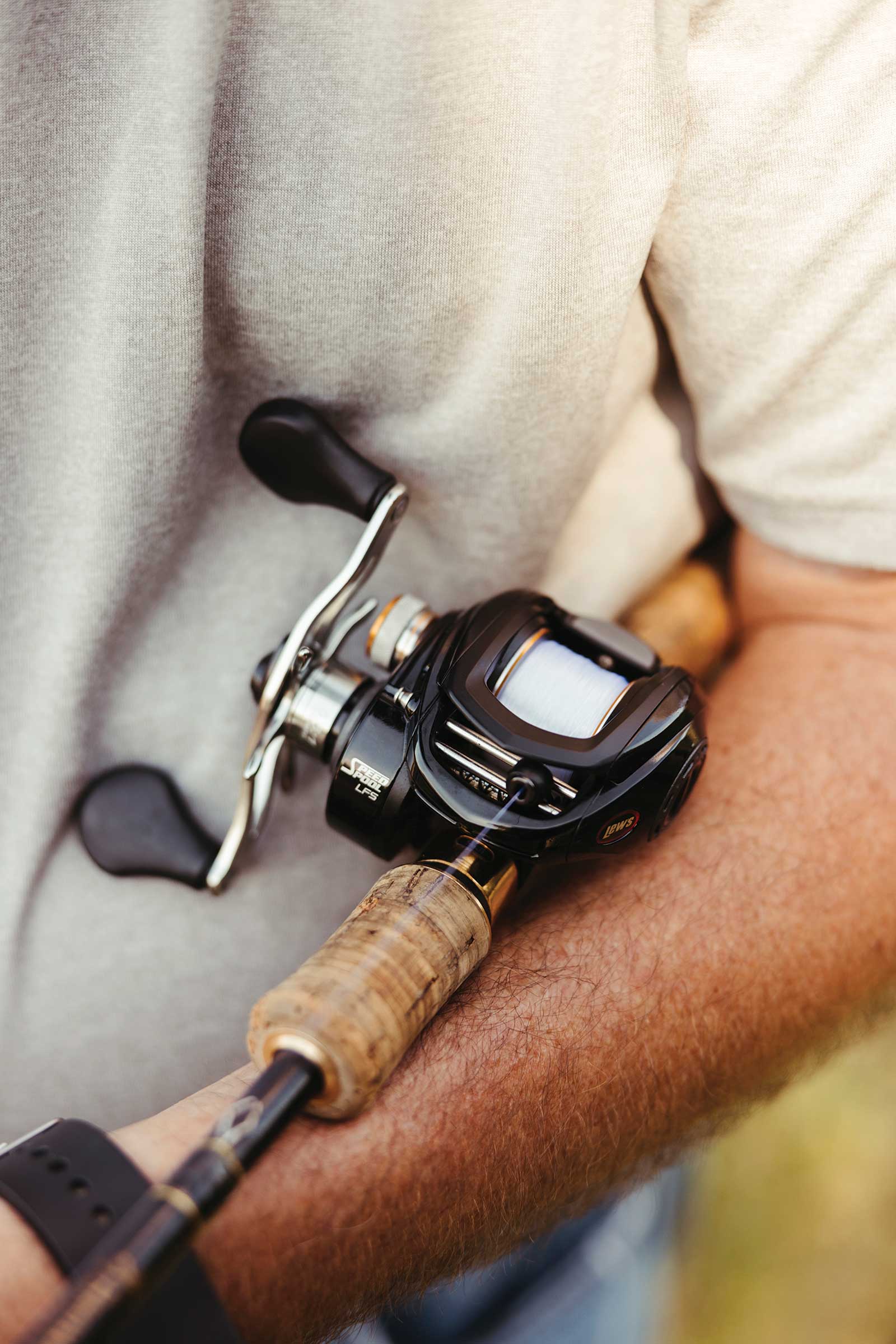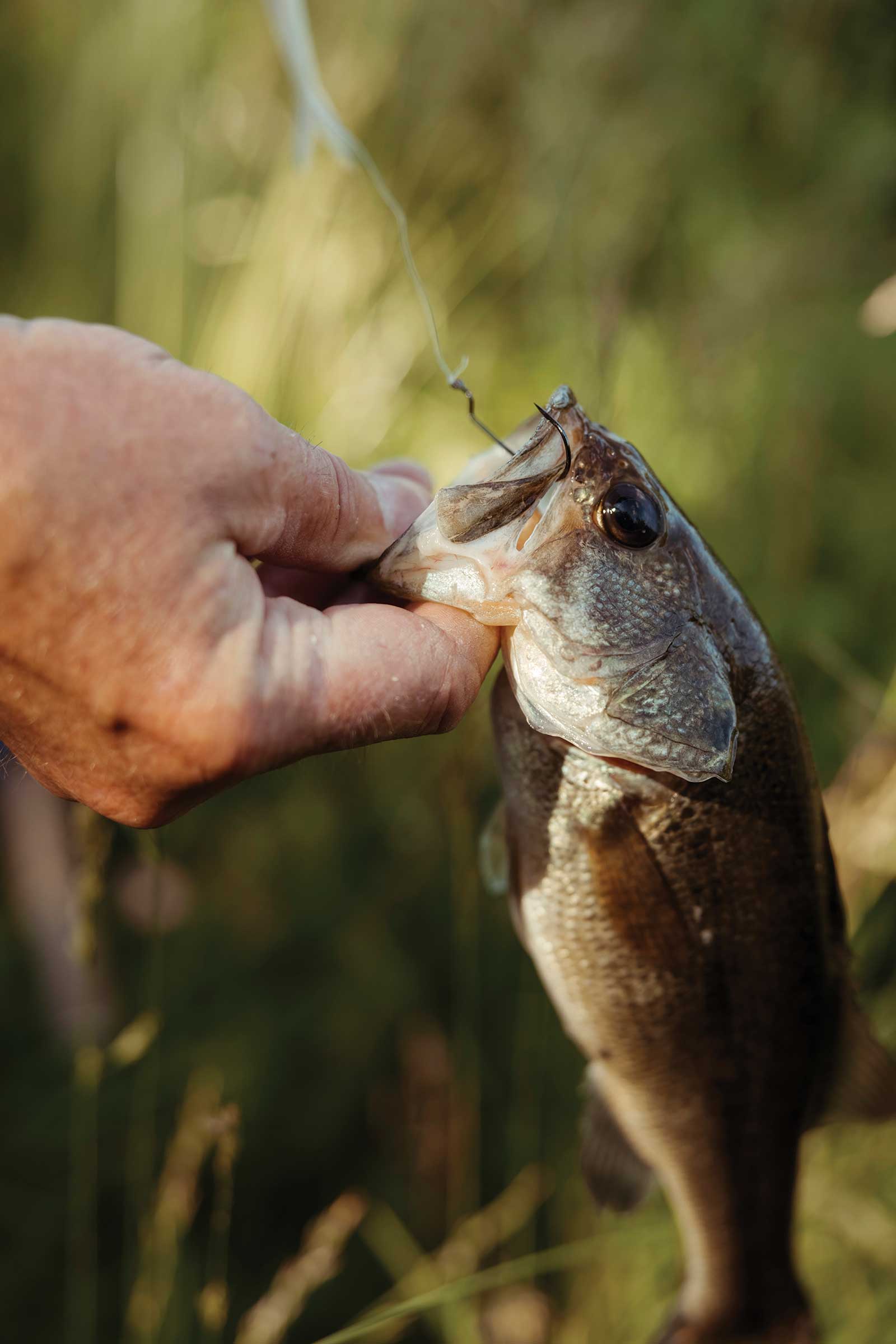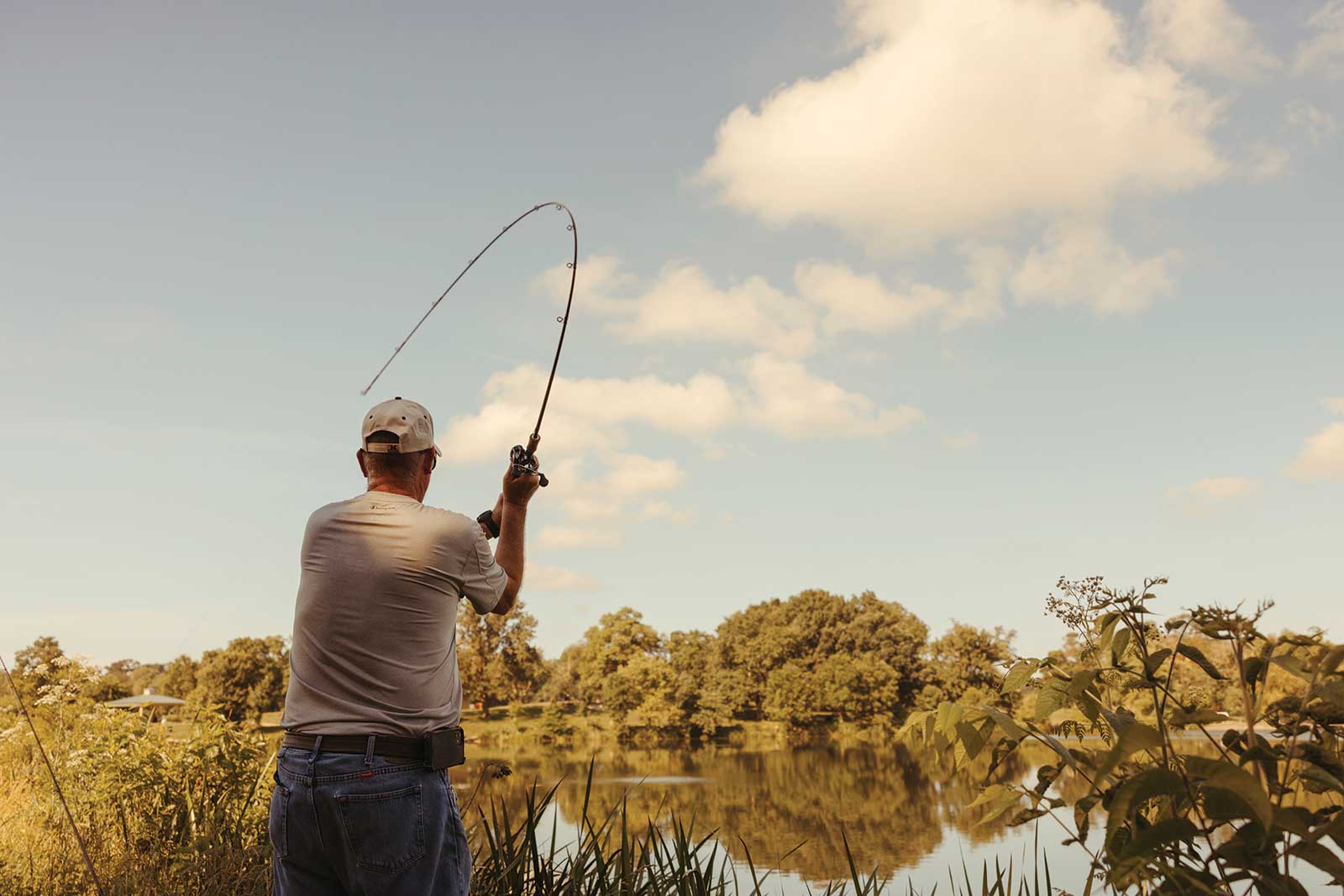
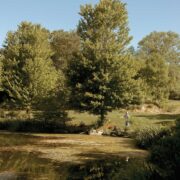
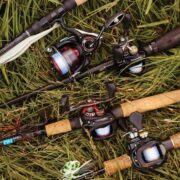
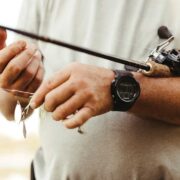
 +5
+5 In Columbia and throughout Boone County, Missouri’s abundant wildlife is feeding families of all kinds.
Most of us have heard the saying: “Give a man a fish, you feed him for a day. Teach a man to fish, you feed him for a lifetime.”
For some Columbia residents, hunting and fishing is how they feed their families while teaching the next generation to do the same.
“These days, people are more aware of where their food comes from,” says Ryan Leuckenhoff, private land conservationist for the Missouri Department of Conservation. “That’s leading some folks from urban areas to explore the option of harvesting wildlife to put food on their table.”
Missouri law prohibits the sale of wild game, so if you see venison or elk on a restaurant menu or in a grocery store, it came from a commercial ranching operation. Nonetheless, a growing number of people are enjoying the flavor of Missouri’s abundant wildlife. Some even depend on it.
Going, Going, Almost Gone
Hunting and fishing provided all the protein Delbert Knerr and his wife, Marilee, needed to raise seven children. But there was a time when overhunting and land clearing sent that abundance into a near-complete decline. It was a roomful of Missouri outdoorsmen at the Tiger Hotel who changed that course.
From the mid-19th century through the early 1930s, Missouri’s wildlife was being depleted at a rapid pace due to unfettered hunting, fishing, logging, and clearing of land for agriculture. The state agency then responsible for wildlife, the Missouri Department of Game, was a poorly funded political tool controlled by those making money on the back of disappearing habitat.
In 1935, a revolution began at the Tiger Hotel. About 75 hunters, fishermen, trappers, and outdoorsmen gathered to form what is now the Conservation Federation of Missouri. Their aim was to establish an apolitical conservation commission to restore the state’s wildlife population and implement conservation measures that would ensure its viability for future generations. In 1936, voters passed an amendment to the Missouri Constitution and the Missouri Department of Conservation was born. Wildlife was on it’s way back.
Food for the Family
Delbert began working as an agriculture research specialist at MU in 1982. He and Marilee, a registered nurse at University Hospital, married in 1985 and started a family. By the early ’90s, they made the decision to sell their house in town and move to the university’s Bradford Research Farm, where Delbert worked.
“Marilee was going to homeschool the kids, so we had to figure out how to raise a family on just my salary,” Delbert says. “The university farm had more than 560 acres of crop ground with good hunting ground surrounding it, so I started taking advantage of it.”
Delbert has a simple philosophy when it comes to this pursuit. “I like to call hunting and fishing ‘food, fuel, and fun,’” he says. It’s a motto he passed on to his children. All of them, four sons and three daughters, have hunted. It takes a lot of venison to feed a family of nine. One season, all seven kids got a deer. In fact, the family processed 12 to 14 deer on the kitchen table that season, putting 100% of their annual meat supply in two freezers and one refrigerator.
“They weren’t all ours,” Delbert says. “God’s multiplication is much better than mine.”
Delbert also had friends who hunted, so when they didn’t want meat, they gave it to him. His friend, Columbia Taxidermy Studio owner David Megahan, often ended up with entire deer carcasses when customers wanted only the head and rack. David knew he could call Delbert to put the rest to good use.
“I like to call it ‘Del’s Share-the-Harvest Program,’” Delbert says. “Nothing goes to waste.”
Hunters Sharing the Harvest
On a larger scale, hunters from Columbia and throughout the state feed thousands of families every year. Administered by the CFM and the MDC, Missouri’s Share the Harvest Program allows hunters to donate all or some of the deer they harvest when they take them to local meat processors. The venison is processed and then distributed first to local food pantries, then beyond.
“There are all kinds of reasons people may not keep the deer they harvest,” says Colton Zirkle, CFM’s education and communications coordinator. “They may have an abundance of deer on their property. They may want to donate part of what they take. They may not like to eat venison. Share the Harvest is a great way hunters can share food with others.”
During the 2020 fall deer hunting season, hunters donated nearly 239,000 pounds of venison from almost 4,800 deer.
During the 2020 fall deer hunting season, hunters donated nearly 239,000 pounds of venison from almost 4,800 deer. In 2021, even more venison will be shared in a new and different way.
Legislation nicknamed the “Snack Stick Bill,” which CFM supported in 2020, changed one word in an existing statute and opened the door for distribution of venison jerky to food banks. The law previously allowed deer meat to be frozen and packaged for distribution. The new statute allows it to be frozen or packaged in a shelf-stable manner.
Among the first beneficiaries will be Columbia Public Schools students who participate in the Buddy Pack Program. The program, administered by The Food Bank for Central & Northeast Missouri, sends food with kids on weekends if they live in a food-insecure home. Buddy Pack programs run by other food banks throughout the state will enjoy the addition as well.
“CFM has run Share the Harvest successfully for nearly 30 years,” says Tyler Schwartze, executive director. “But not without help from partners including the MDC, Feeding Missouri and its food bank members, and other private businesses and donors. We’re excited to continue expansion of the program with shelf-stable deer meat.”
If You Build It, They Will Come
In a place like Boone County, where urban development has spread rapidly, maintaining wildlife habitat requires ongoing work. Without it, the county could return to the state it was in when the MDC began.
Since 2003, Mike McGuire, a Columbia real estate property manager, has worked with the MDC to develop habitat on his acreage in Boone, Howard, and Shannon counties. A hunter and now also a trapper, Mike wasn’t sure where to begin, but he and his wife, Sara, wanted to use deer, turkey, rabbit, and squirrel to help feed their family of four.
“What the MDC has done for me is threefold,” Mike says. “They gave me the benefit of their experience by touring and assessing the properties, listening to my goals, and providing me with recommendations. Second, where my goals aligned with theirs, they offered significant cost sharing for improvements. Third, when a project required heavy equipment or professional expertise, the MDC connected me with experienced contractors.”
Ryan, in his capacity with the MDC, makes about 200 site visits a year involving 100 to 150 different landowners who want help develop better habitat. Sites range from two acres or so within the Columbia city limits to up to 75 acres or more outside.
“We promote local habitat with native plants, wildflowers, and trees to help with pollinators, and we recommend getting rid of aggressive non-native species on land and in water,” Ryan says. “The landowner might want to landscape with native species for lower maintenance. They might want to attract birds, deer, and other wildlife because they like to watch them. Or they may want to develop habitat for hunting or fishing,” he says. “We try to help them reach their native habitat goals, whatever those are.”
Deer Hunting Goes to Town
Restoring wildlife habitat has been job No. 1 since the first MDC commissioners were named. You build it and wildlife populates. But, if not managed properly, wildlife becomes a problem.
Managing wildlife isn’t just a rural issue. It’s an urban one, too, especially in a city like Columbia, which boasts 83 developed and undeveloped parks, green spaces, nature areas, and trails. You can fish at 11 of them. What some people may not know is you can also hunt deer at some of the larger properties during archery season.
“We were approached by the MDC about 17 years ago about managing deer populations in high-traffic areas,” says Mike Griggs, Columbia Parks and Recreation Department director. “Deer plus parks and green space plus busy roads equal a lot of vehicle collisions with deer. In the years since, those collisions have been drastically reduced because hunters are controlling deer populations in our larger parks,” he says.
The number and selection of parks open to hunting each year varies, contingent upon park size and amenities, deer populations, and safety issues. Usually, about eight are available. Despite all the moving targets involved, around 200 hunters participate, most of whom live or work in Columbia. Permitted archers must complete a city hunter orientation program and comply with all MDC hunting regulations.
“It gives city residents who have nowhere else to go a place to hunt,” Mike says. “That’s one of the great perks of an urban hunting opportunity.”
Habitat conservation, hunting, and fishing bridge the urban and rural divide. And all kinds of people are fed for a lifetime by that hard-won and ongoing connection.



